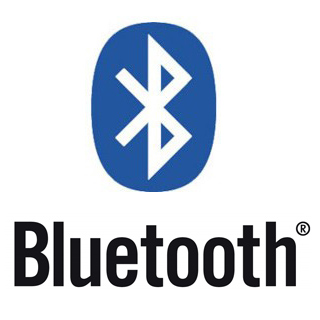Bluetooth 5.1 Delivers Pinpoint Location Accuracy

Location services boost as new spec delivers exact location data, to within one centimetre
The developer group behind the Bluetooth specification has revealed that the new specification for the connectivity standard will include provision for highly accurate location data.
Currently most positioning technologies such as GPS, are typically accurate to within one metre. But the Bluetooth Special Interest Group (SIG) has now included a new direction finding feature within Bluetooth 5.1 that will allow Bluetooth positioning systems to achieve “centimetre-level location accuracy.”
It comes after Bluetooth 5.0 was officially adopted in December 2016. That spec delivered significant upgrades on speed and range without increasing power use, in an effort to ensure the technology continues to play a vital role in connecting the Internet of Things (IoT).
![]()
Location accuracy
The Bluetooth 5.1 specification was launched late last month, and according to the SIG, it “holds the potential to significantly enhance the performance of Bluetooth location services solutions.”
“The new feature allows devices to determine the direction of a Bluetooth signal, thereby enabling the development of Bluetooth proximity solutions that can understand device direction as well as Bluetooth positioning systems that can achieve down to centimetre-level location accuracy,” it said.
The Bluetooth proximity solutions can add device direction capability so for example an item finding solution could not only let a user know when a tag is nearby, but also in what direction, greatly enhancing the user experience.
This potentially opens up a raft of new indoor business solutions, with retailers for example being able to direct shoppers to the exact location (aisle and shelf) for specific items.
“Location services is one of the fastest growing solution areas for Bluetooth technology, and is forecasted to reach over 400 million products per year by 2022,” said Mark Powell, Bluetooth SIG executive director.
“This is great traction and the Bluetooth community continues to seek ways to further grow this market with technology enhancements that better address market needs, demonstrating the community’s commitment to driving innovation and enriching the technology experience of users worldwide,” said Powell.
Location apps
And it seems the analyst community also recognises the business potential for Bluetooth proximity solutions.
“Since the introduction of Bluetooth Low Energy in 2010, developers have been able to leverage Bluetooth to create powerful, low cost location services solutions for a variety of applications spanning across consumer, retail, healthcare, public venues, and manufacturing environments,” said Andrew Zignani, senior analyst at ABI Research.
“The new direction finding feature can help Bluetooth better address the varied and evolving needs of the location industry, enabling more flexible, scalable and futureproof deployments that will further accelerate the adoption of Bluetooth for location services in existing markets, while unlocking additional business opportunities for new applications and use cases,” Zignani stated.
Developers can find the direction finding Bluetooth 5.1 core specification here.
Last year an update to Bluetooth was issued after researchers discovered a vulnerability that could have allowed an attacker to potentially intercept Bluetooth communication between two paired devices.